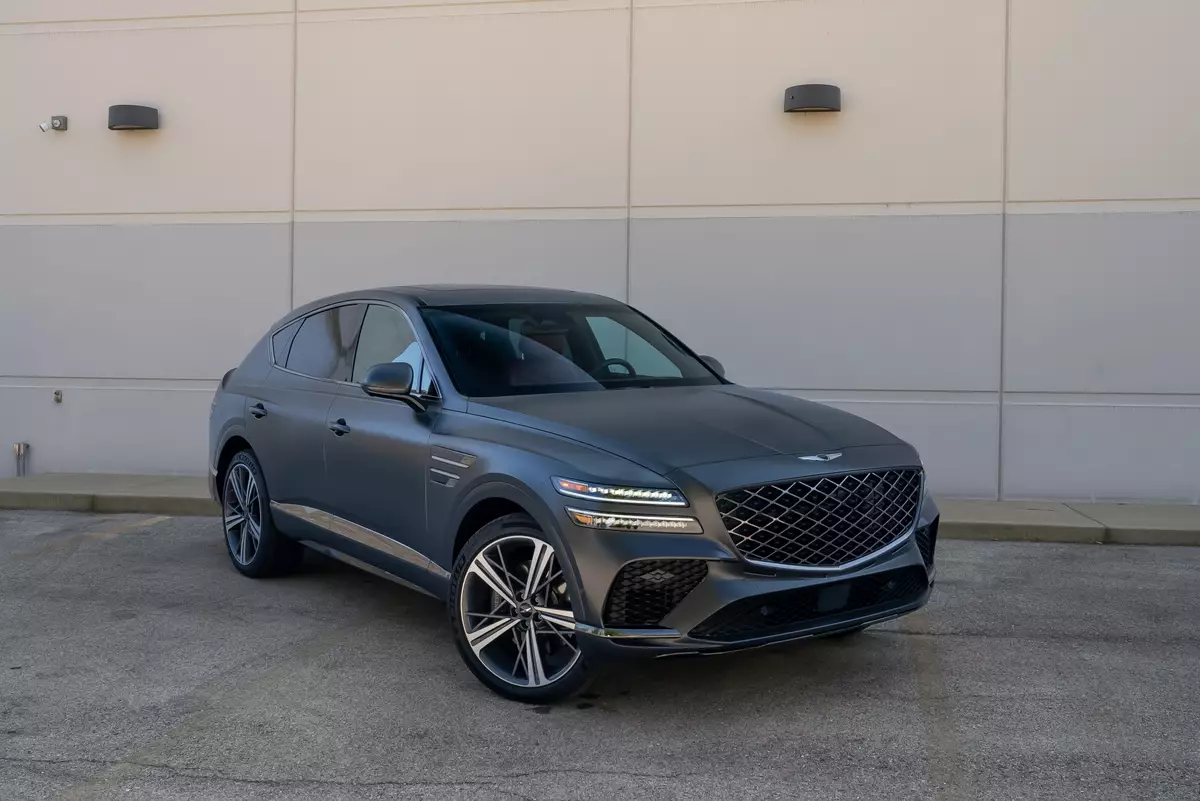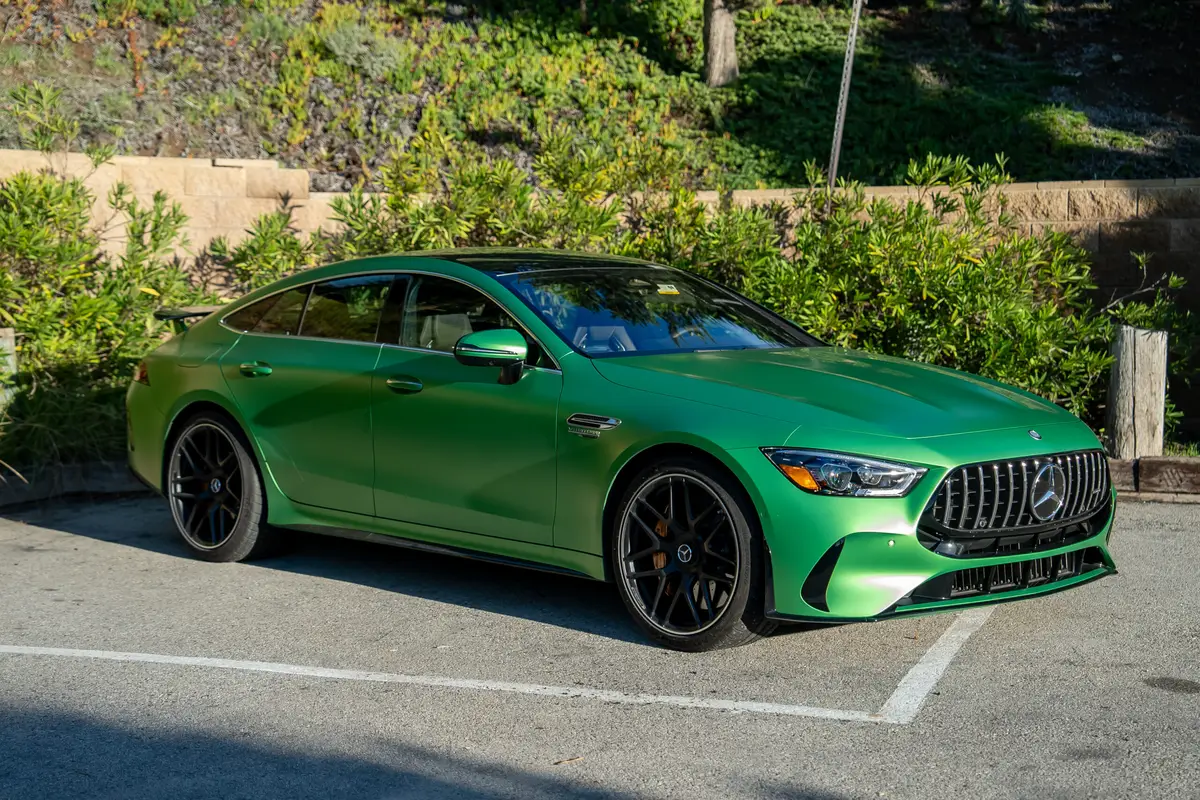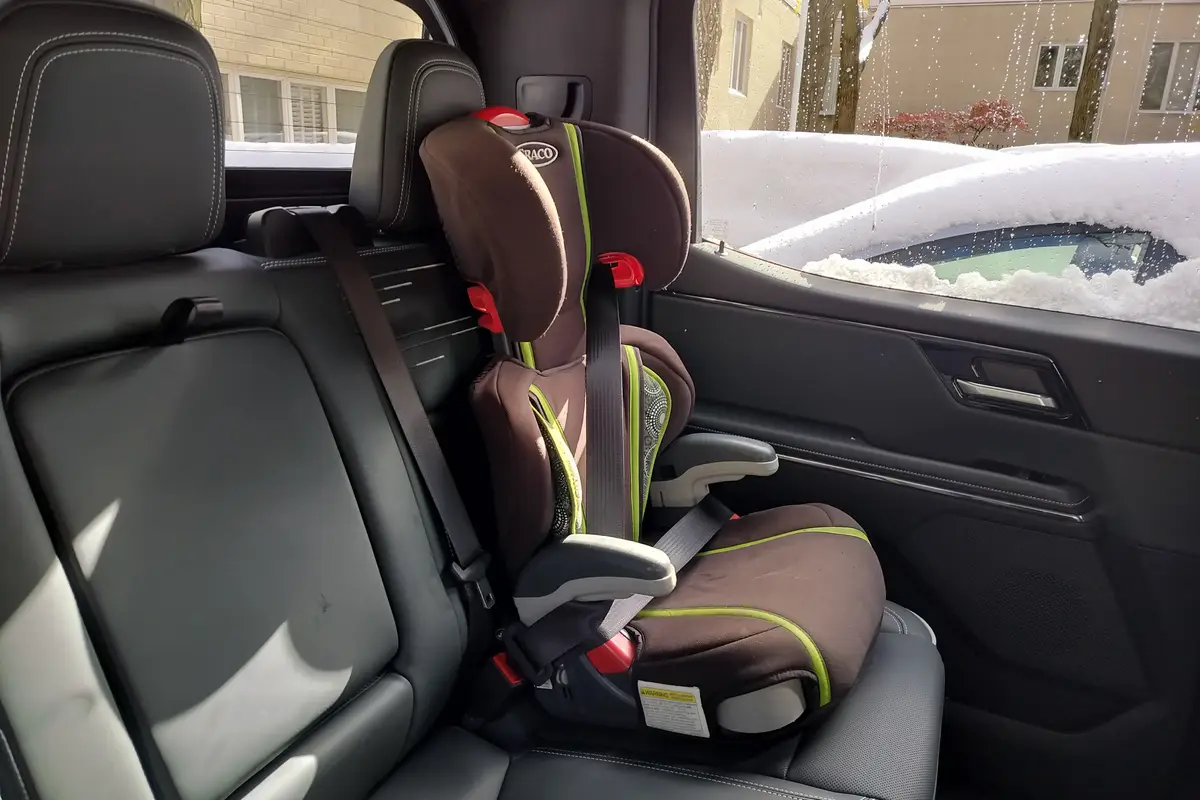IndyStar.com's view
In the annals of the American automobile industry, two model names are immortalized.
One is the Model T, the other is the Jeep.
The T has long since gone to that great highway in the sky. But the Jeep, which was once the blessing and curse of virtually every G.I. Joe of World War II, still is with us.
From an accommodations standpoint, it is better than ever.
As a 1997 Jeep Wrangler, the new vehicle is downright civilized, a fitting testament to the advances in technology and comfort and convenience, wrought by its manufacturer, the Chrysler Corp.
Admittedly, to the unpracticed eye, the ’97 Wrangler looks very much like its predecessors. However, the sheet metal is new, except for the doors and tailgate, and there are a plethora of new styling cues. There’s also been a subtle but nearly complete redesign of the exterior and an overhaul of the interior.
The new Wrangler still is something of a squared-off motor vehicle, but not as much as in the past. The corners are more rounded to give it a softer appearance. One of the more visual styling cues is a return to the round headlights that gave earlier Jeeps a traditional front end.
The grille, with its vertical slots, is somewhat a signature piece, and has been retained. The front turn signals have been moved and now reside in the lower front portion of the redesigned fenders.
The fenders were redesigned in order to accommodate a front suspension change. Gone are the old front and rear leaf springs. In their place are coil springs in front and a Quadra-Coil in the rear, which is similar to the suspension on the Grand Cherokee.
Front and rear axles still are live (solid housings) rather than being an independent system.
Jeep devotees will be happy to know the front windshield still folds down. But its rake has been increased by moving its base forward by four inches. The greater slant gives a slight improvement in aerodynamics.
In addition, the cowl has been raised about an inch to accommodate an integrated heating-ventilation-air conditioning system and passenger air bag. The raised cowl gives the hood a sloping line from a side view.
A functional change that was one of Chrysler’s better ideas was the relocation of the fuel filler cap. It now is recessed in the quarter panel behind the left rear tire rather than behind the rear license plate, where mud could accumulate.
The interior of the new Wrangler has been completely made over for improved ergonomics. The front is the traditional two bucket seats separated by a center console that carries the levers for either the five-speed manual or three-speed automatic transmissions.
A new rear bench-type seat is six inches wider, courtesy of redesigned rear wheel wells. And the relocated rear floor pan riser provides greater passenger foot room.
An all-new instrument panel carries a full complement of easy-to-read, white–on-black gauges, and radio and climate controls are clustered more efficiently in a pod mounted in the cen ter of the dash.
Power for the ’97 Wrangler is an option of four cylinders or six. Both are overhead valve engines with the four displacing 2.5-liters (151-cubic inch) and the in-line six 4.0-liters (242-cubic inches). The bigger engine naturally offers more horsepower, 181 horses to the four’s 120-horsepower. Torque for towing also is greater at 222 four- pounds for the 4.0-liter to 140 for the 2.5 engine.
The Wrangler’s relatively short 93.4-inch wheelbase is unchanged, but the redesigned suspension assures a more comfortable ride than its predecessors.
The Wrangler is one of those 1997 models with an early introduction date, but Kevin O’Brien, president of Tom O’Brien Chrysler-Plymouth-Jeep-Eagle, says, “The six is a rare commodity. The fours are much more readily available, but I believe the six-cylinder Wranglers will open up in about 30 days.”
The price of an entry level, f our-cylinder Wrangler SE with a five-speed is $12,985. The Sport model, which comes with a six, beg ins at $16,682.
Latest news


2026 Mercedes-AMG GT63 S E Performance 4-Door Coupe Review: A Mouthful, a Handful and an Eyeful

